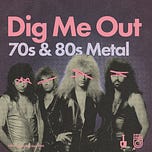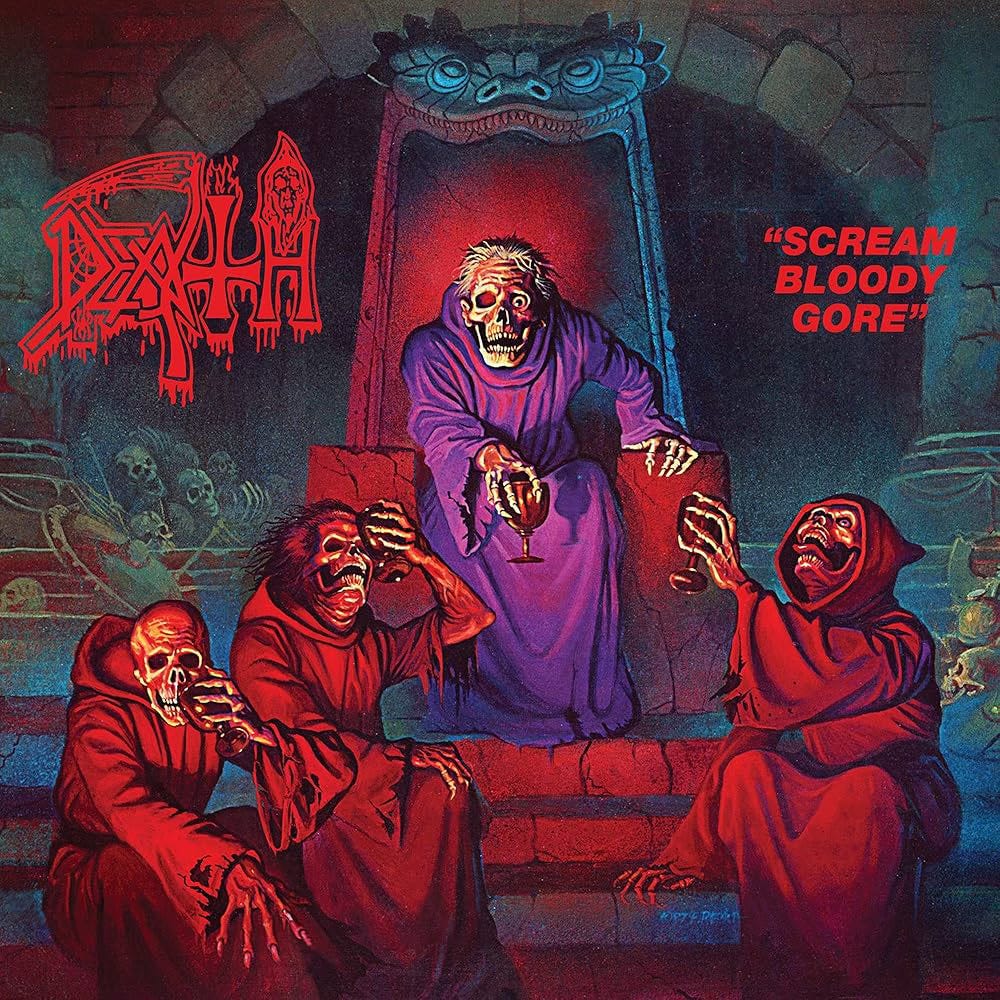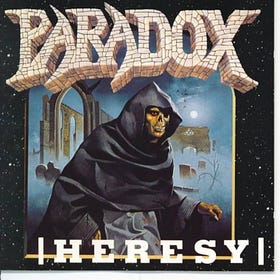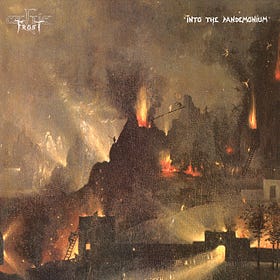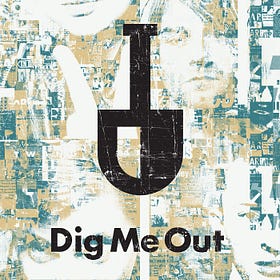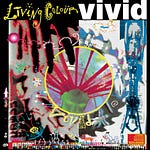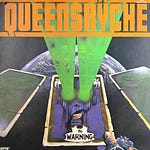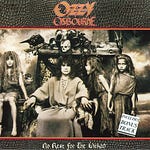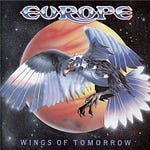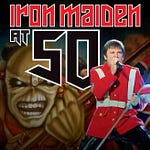Ever wonder what happens when a 19-year-old kid locks himself in a Florida studio with nothing but horror movies on his mind and an electric guitar in his hands? You get Scream Bloody Gore, the album that didn’t just start a band’s career—it birthed an entire genre.
Released on May 25, 1987, Death’s debut album stands as a bloodstained monument to teenage ambition and uncompromising vision. While other bands were still figuring out where thrash ended and something heavier began, Chuck Schuldiner had already crossed that line and was sprinting into uncharted territory.
The Kid Who Wouldn’t Quit
Chuck Schuldiner was just 20 years old when Scream Bloody Gore hit the shelves, but he’d already been grinding for years. Born in New York and raised in Florida after his family’s 1968 move, Schuldiner started playing guitar at nine—partly as therapy after losing his older brother Frank in a car accident. His mother later recalled: “From the first time he played the electric guitar it was as if a switch was turned on in him and it never turned off”.
That switch stayed on through years of demos, lineup changes, and rejections. The band originally formed in 1983 as Mantas, releasing the now-legendary Death by Metal demo in 1984. By the time they changed their name to Death and started shopping Scream Bloody Gore around, Schuldiner had one thing most teenagers don’t: unshakeable conviction about his sound.
🏆Poll Winner Alert!
This deep dive into death metal’s founding document comes to you courtesy of our community! Jason Bodak’s suggestion of Death’s Scream Bloody Gore emerged victorious from a fierce four-way battle that also featured Sammy Hagar’s Three Lock Box, Melidian’s Lost in the Wild, and Sodom’s Agent Orange.
Want your favorite album featured next? Suggest an Album—whether it’s an overlooked gem from the 80s or 90s, or a deep cut that deserves more love.
Combat Records Takes a Gamble
When Combat Records—the New York label that had launched Megadeth and distributed Metallica’s early work—agreed to sign Death, they were betting on something completely untested. Combat’s reputation was built on thrash and speed metal, but what Schuldiner delivered was something darker, slower in spots, faster in others, and infinitely more brutal.
The recording process itself was pure chaos. Death initially tracked the album at a Florida studio that had never recorded metal before. The engineers didn’t know how to mic the instruments properly, and the results were so poor that Combat flew the band to California to re-record everything at Music Grinder Studios. Those original Florida sessions eventually leaked as demo tapes that became underground trading currency.
Florida: The Unlikely Death Metal Capital
Here’s where the story gets interesting. Why Florida? Why did a state known more for retirees and theme parks become the epicenter of the most extreme music on earth?
The answer lies in a perfect storm of circumstances. Florida already had a small but fierce metal scene with bands like Nasty Savage laying groundwork. But more importantly, it had something most places didn’t: Morrisound Recording Studios in Tampa. Producer Scott Burns would soon turn that studio into death metal’s most important laboratory, but in 1987, Death was just getting started.
As one Reddit user put it: “I’m from the Tampa Bay area… Tampa was home to the Brass Mug, which was a hole in the wall dive bar that for whatever reason became a mecca for metal bands, both local and touring”. The combination of Morrisound as a recording hub and venues like the Brass Mug created an ecosystem where extreme metal could flourish.
The Sound That Changed Everything
Scream Bloody Gore doesn’t sound like 1987. It sounds timeless—and that’s exactly the point. While hair metal dominated MTV and thrash bands chased radio play, Schuldiner was creating something that couldn’t be co-opted or commercialized. The album’s eight tracks of blast beats, down-tuned guitars, and guttural vocals established the death metal template that bands still follow today.
The production was deliberately raw but not sloppy. Every instrument cut through the mix, from Schuldiner’s multi-tracked guitars and bass to Chris Reifert’s thunderous drums. Reifert, who would later found the legendary Autopsy, was only 20 himself but brought a precision and power that perfectly complemented Schuldiner’s vision.
First, But Not Alone
The eternal debate: Was Scream Bloody Gore really the first death metal album? Possessed’s Seven Churches came out two years earlier in 1985, and it’s undeniably brutal. But as Cannibal Corpse drummer Paul Mazurkiewicz put it: “Seven Churches had maybe a little bit more thrash elements still happening. Scream Bloody Gore was not thrash at all—I don’t think that was thrash at all; I think that’s just death metal”.
The truth is, both albums were revolutionary. Seven Churches planted the seeds, but Scream Bloody Gore grew the forest. It’s the difference between a prototype and a finished product—both necessary, but only one ready for mass production.
The Billboard Surprise
Here’s a fact that might shock you: Scream Bloody Gore peaked at number 174 on the Billboard 200. In 1987, when MTV wouldn’t touch anything this extreme and radio stations treated it like radioactive waste, Death still managed to sell enough copies to chart. How? Pure word-of-mouth, magazine ads, and the power of Combat Records’ distribution network.
It helped that Combat had credibility. The label’s logo appeared on everything from early Megadeth to Mercyful Fate, and metalheads trusted that stamp of approval. As one metal historian noted, “Back then, you would buy stuff based on the label. Like what record label was putting it out”.
Legacy Written in Blood
Scream Bloody Gore didn’t just launch a career—it created a universe. The Florida death metal scene that followed produced Obituary, Morbid Angel, Deicide, and countless others. Bands like Cannibal Corpse literally moved to Florida just to be part of the scene that Death had started.
The album’s influence spread far beyond Florida. From Sweden’s melodic death metal to Brazil’s technical extremity, you can trace lineages back to those eight songs Schuldiner and Reifert recorded in 1987. Even today, when young bands pick up instruments and decide they want to play the heaviest music possible, they’re walking a path that Chuck Schuldiner carved when he was still a teenager.
Schuldiner himself would evolve far beyond Scream Bloody Gore’s primitive brutality, leading Death through increasingly technical and progressive territories before his tragic death from brain cancer in 2001. But this first album remains his most important statement: a declaration that music could be heavier, faster, and more extreme than anyone thought possible.
Want to hear the full conversation about how three metalheads discovered this legendary album for the first time? Check out the complete Dig Me Out podcast episode where the hosts dive deep into every blood-soaked track, debate the album’s lasting impact, and share their honest reactions to death metal’s founding document.
Songs in this Episode
Intro - Regurgitated Guts
18:51 - Denial of Life
21:14 - Evil Dead
27:20 - Mutilation
34:42 - Do You Love Me? (KISS cover)
Outro - Zombie Ritual
Paradox - Heresy | 80s Metal Revisited
Remember the late ’80s when thrash metal was still underground? Metallica, Megadeth, Slayer, and Anthrax were solidifying their places as the big four of thrash and “The Black Album” hadn’t propelled the genre to the mainstream yet. Amidst these giants, bands like Paradox were also carving their unique paths with blistering riffs and complex composition…
Celtic Frost - Into the Pandemonium | 80s Metal Revisited
In 1987, while the rest of the metal world doubled down on thrash precision and glam sheen, a band from Zurich detonated a musical Molotov cocktail. Celtic Frost’s Into the Pandemonium wasn’t just bold—it was baffling. Infused with operatic vocals, French poetry, Egyptian mythology, industrial breaks, and thrash riffs, it challenged every norm of what h…
Carcass - Heartwork | Album Review
Heavy but melodic guitar riffs, intricate beats that switch between a Pantera groove and extreme metal blast beats, and otherworldly vocals are the cornerstones of Heartwork, the fourth studio album by English band Carcass. Expanding upon their earlier grindcore approach, Heartwork is a journey that grabs you by the (shredded) throat and won't let go fo…


